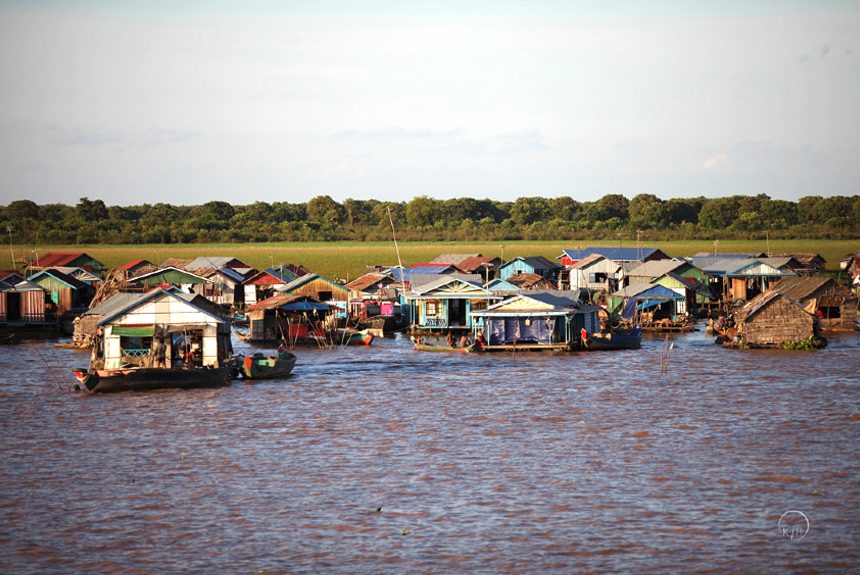
July 2019 was the hottest month recorded in Europe, according to the World Meteorological Organisation, causing 13 deaths.
It is a clear and brutal warning of climate change. According to the August 2019 UN article “Climate adaptation: setting the stage for transformation, ” it “brings the world to the realization of its changing weather pattern.”
The article states that Chennai, in southern India, has a population of over 9 million and has experienced a city-wide water shortage.
World summits on climate change held
World summits, such as the UN Climate Action Summit, COP25, and UN climate talks, are being held to discuss climate change solutions and what individual countries can do about it.
Countries have pledged their commitment through the Nationally Determined Contributions, which contain their pledges to the Paris Agreement, and the National Adaptation Plans (NAPs), a mechanism that integrates climate risks into national plans and budgets.
The article explains that the urban heat island effect can be deadly, which causes higher temperatures and humidity in building-dense areas. It further explains that climate change will exacerbate this occurrence, resulting in more health problems and even deaths if not mitigated.
There are ways to adapt to higher temperatures, according to The Conversation article titled, “Adapting cities to a hotter world: 3 essential reads.”
Offer many cooling options
Aside from emergency cooling centres, cities plant more trees, install window shades in buildings, use light-coloured materials and paints to reflect heat back, having emergency kits in case of power outages. We should not look for a single best option; we need multiple solutions to tackle the problem.
| The US National Weather Service has this reminder during Extreme heat: *Find air conditioning *Avoid strenuous activities *Wear light clothing *Check on family members and neighbours *Drink plenty of water *Watch for exhaustion and heat strokes *Never leave people or pets in a closed car. |
Focus upgrades on vulnerable neighbourhoods
According to Wikipedia, green infrastructure or blue-green infrastructure is a “network providing the “ingredients” for solving urban and climatic challenges by building with nature”.
Using the ecosystem’s natural water cycles and functions to manage and “treat stormwater at its source while delivering environmental, social, and economic benefits.”
Green infrastructures can be applied by building green roofs covered with drought-resistant plants for cooling effects, which would be most helpful in poor neighbourhoods where temperatures can be very high.
Vegetation around them can have a cooling effect and reduce their use of air conditioning. The use of white paint on their roofs can reflect the heat back and lower the temperature as well.
Design streets for a changing climate
Design streets for changing climate with a focus on pedestrians, not on drivers, by ‘designing green streets for bicyclists, pedestrians, bus riders, and residents and as well as for drivers.’
Trees and bushes can work both as a barrier for cyclists and pedestrians from the main roads or highways and absorb carbon emissions from cars and carbon-spewing vehicles.
The article says that pedestrian and cycle lanes can also encourage people to walk or cycle to work, thus reducing the number of cars on the road and lessening people’s exposure to air pollution.
Do you have some ideas for climate adaptation in your local context?
Have you observed how the climate has changed in your area? Whether it might have gone warmer or colder, or it might be erratic variations of climate events, the reality is that the climate is changing.
So, how does your community adapt to this? Please feel free to share some information through the comment form at the bottom of this post. Thank you.
Sources:
Teng, J., Hammett, L., & da Costa, N.L. (2019, August 19). Climate Adaptation: setting the stage for transformation [Blog post]. Retrieved from https://www.undp.org/content/undp/en/home/blog/2019/climate-adapation–setting-the-stage-for-transformation.html
Jennifer Weeks, (2019, July 19). Adapting cities to a hotter world: 3 essential reads. [Blog post]. Retrieved from https://theconversation.com/adapting-cities-to-a-hotter-world-3-essential-reads-120634
PHOTO CREDIT: Tonle Sap River – Cambodia by Karl Hipolito


Leave a Reply